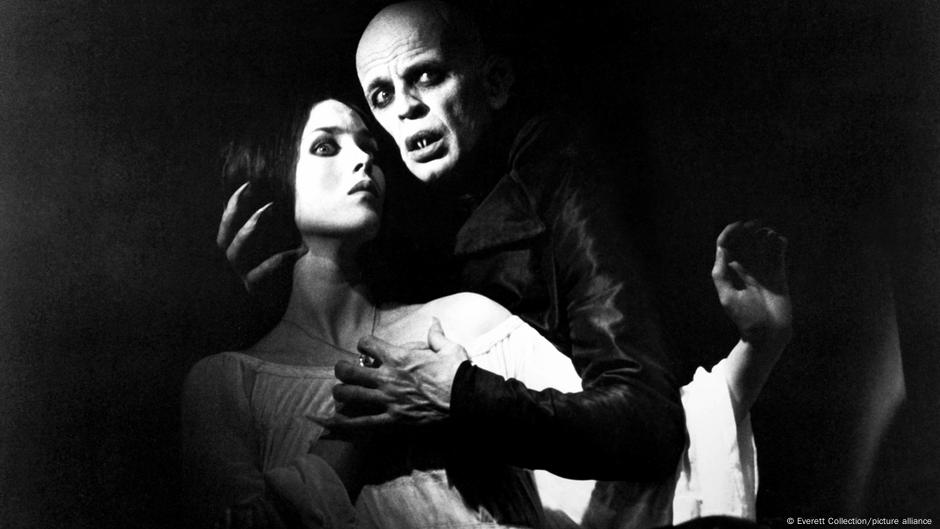Introduction to Horror Films
The year is 1838. A young German real estate agent, Thomas Hutter, is tasked with traveling to distant Transylvania to meet the mysterious Count Orlok, who is advising on a house for sale. During his journey through the Carpathians he is warned about Orlok several times, but he is not deterred. When he reaches the castle, the pale, cold and dark count personally welcomes him. Hutter realizes too late that something is wrong in the castle: Orlok is a vampire.
This is how the silent film classic by Friedrich Wilhelm Murnau from 1922, "Nosferatu – A Symphony of Horror", begins. Murnau invented a new way to portray fear and the feeling of threat, laying the foundation for the modern horror film. The genre has many fans worldwide and people often watch horror films on or around Halloween to get in the spooky mood. But why are they so captivating?
Horror Films: Psychological “Boot Camps”?
Horror films can be compared to roller coasters: many people enjoy riding them because they love the thrill, even if they know that the ride is in a safe environment. The body reacts to such situations by releasing fear hormones, but at the same time, endorphins are released, relieving pain and producing feelings of euphoria. Horror films work on the same principles: we experience fear in a safe environment, whether we’re sitting on the sofa in our living room or in a plush cinema seat.
However, the horror genre is more than just entertainment. Horror films can be viewed as a “boot camp for the psyche”, a kind of psychological training. They bring fears into a manageable sequence of events, giving us the opportunity to think rationally about our fears. This allows us to develop strategies for dealing with fear and negative feelings, which can be a form of personal emotional development.
The Science Behind Leisure Anxiety
Since 2020, researchers have been working on “leisure anxiety”, i.e. the question of why people willingly put themselves in fear-inducing situations and what effects this has or can have. One of the findings is that controlled leisure anxiety can positively influence a person’s ability to cope with stress. Individuals develop strategies for dealing with fear and negative feelings, which can lead to personal emotional development.
People who watch horror films are not just passively consuming, but rather actively using strategies to reach a "sweet spot of fear" – the point at which the greatest pleasure arises. If something is too scary, the fun is lost. The catch is that everyone’s sweet spot is different; people need more or less fear to get there, which is why some people avoid horror movies and others can’t get enough.
Fear as a Learning Tool
Researchers have identified three types of horror fans: “adrenaline junkies” who enjoy the instant rush; “White Knucklers,” for whom horror is not so much about fun as it is about personal growth; and “Dark Copers,” who experience both a mood improvement and increased self-knowledge and personal development. For fear to serve as a learning tool, it must be present in the right amount. Too much fear can be a problem, which is why some amusement parks with Halloween attractions also offer “monster-free zones” where younger children in particular can have fun without fear.

